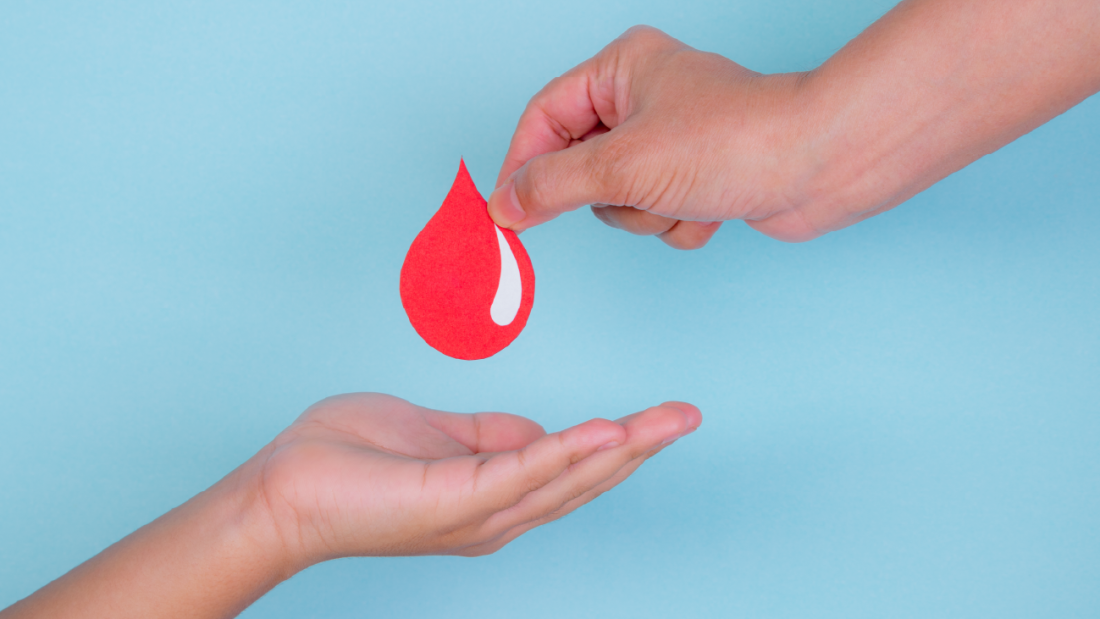January is National Blood Donor Month, and it is a time to spread awareness on the importance of blood donation. Donating blood is a lifesaving (and life-sustaining) process that helps many individuals receive the gift of life.
These are the four types of blood donations you can make (and eligibility differs for each one):
- Whole blood: This type of donation is flexible and can be transfused in its original form- or it can help multiple people by separating it into its different components (red cells, plasma, and platelets). You generally give about one pint of your blood.
- Red cells (Power Red): With this donation, you give a concentrated dose of red cells, and it helps those who need transfusions as part of their medical care. It involves an automated process that separates the red blood cells from the other blood components and returns the plasma and platelets back into you.
- Platelets: They are tiny cells in your blood that form clots and stop the bleeding. They are more often used for cancer patients and individuals facing life-threatening illnesses and injuries. A machine collects your platelets (along with some plasma) and returns your red cells and most of the plasma back into you. A single donation of platelets can help supply several transferable units. Meanwhile, it takes about five whole donations to make up a single transferable unit of platelets.
- Plasma: This part of your blood is used to treat patients in emergencies. AB plasma can be given to anyone regardless of their blood type. Your plasma is collected through an automated process that separates your plasma from the other components- and it returns your red blood cells and platelets back into you.
Blood can be stored for a limited period of time before use (red cells can be stored in refrigerators up to 42 days, platelets at room temperature for 5 days, and plasma and cryo in freezers for up to one year). Because of this, there is always a constant need for a regular supply of blood donations.
Unfortunately, the American Red Cross (which supplies 40% of the nation’s blood) recently declared a national blood crisis because it is currently facing its worse shortage in over a decade. The pandemic has created many obstacles for donors, volunteers, and people running these centers. As a result, the Red Cross states that it has experienced a 10% decline in the number of people donating blood. Especially with the surge of cases due to the Delta and Omicron variant.
This shortage has led to many doctors making hard decisions on who receives blood transfusions and who will have to join the waitlist. These are difficult decisions considering that there are patients (such as accident victims, cancer patients, those with blood disorders, etc.) who can’t afford delays in their medical treatment.
Thus, we encourage those who can donate blood to consider doing so today. By participating in this process, you can be helping many people in need of this life-saving gift. We recommend that you look further into the resources listed below to find out if you qualify and how you can donate today:

